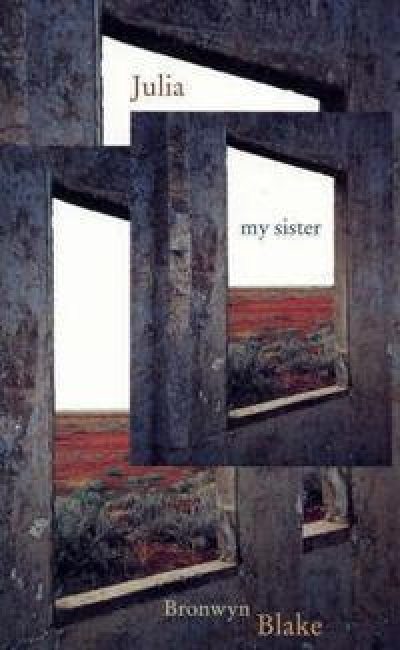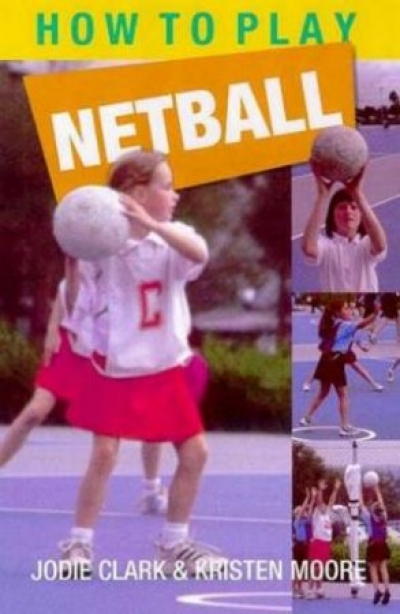Scholastic
The Silver Donkey by Sonya Hartnett & Camel Rider by Prue Mason
by Dianne Schallmeiner •
As Eric Hobsbawn points out in his autobiography, Interesting Times: A Twentieth Century Life (2002), ‘the world needs historians more than ever, especially skeptical ones’. History, however, is not a popular subject in today’s schools. Three of these four books make attempts, variously successful, to engage young readers in a sense of the past. The other is a bizarre compilation of odd details, and could be considered an account of the history of certain sciences; it almost fits into the historical ambit.
... (read more)Hyram and B. by Brian Caswell, illustrated by Matt Ottley & Two Summers by John Heffernan, illustrated by Freya Blackwood
by Sherryl Clark •
The Gallipoli Story by Patrick Carlyon & Lasseter, the Man, the Legend, the Gold by Kathryn England
by Dianne Schallmeiner •
Julia My Sister by Bronwyn Blake & Thambaroo by Jane Carroll
by Robyn Sheahan-Bright •
Hello Puppy! by David Cox & Milli, Jack and the Dancing Cat by Stephen Michael King
by Virginia Lowe •
How to Play Netball by Jodie Clark and Kristen Moore & How to Play Cricket by Garrie Hutchinson
by Stella Lees •







